Learn How to Avoid Nutritional Deficiencies While Following The Low FODMAP Diet.
The Low FODMAP diet has been shown to be effective in reducing myriad symptoms of irritable bowel syndrome (IBS) both in research studies and in clinical practice.
As a registered dietitian-nutritionist, I utilize this diet with many of my IBS clients, either in its comprehensive three-phase form (it includes Elimination, Challenge and Integration phases), or in a simplified manner for individuals who should not undertake overly restrictive elimination diets.[1]
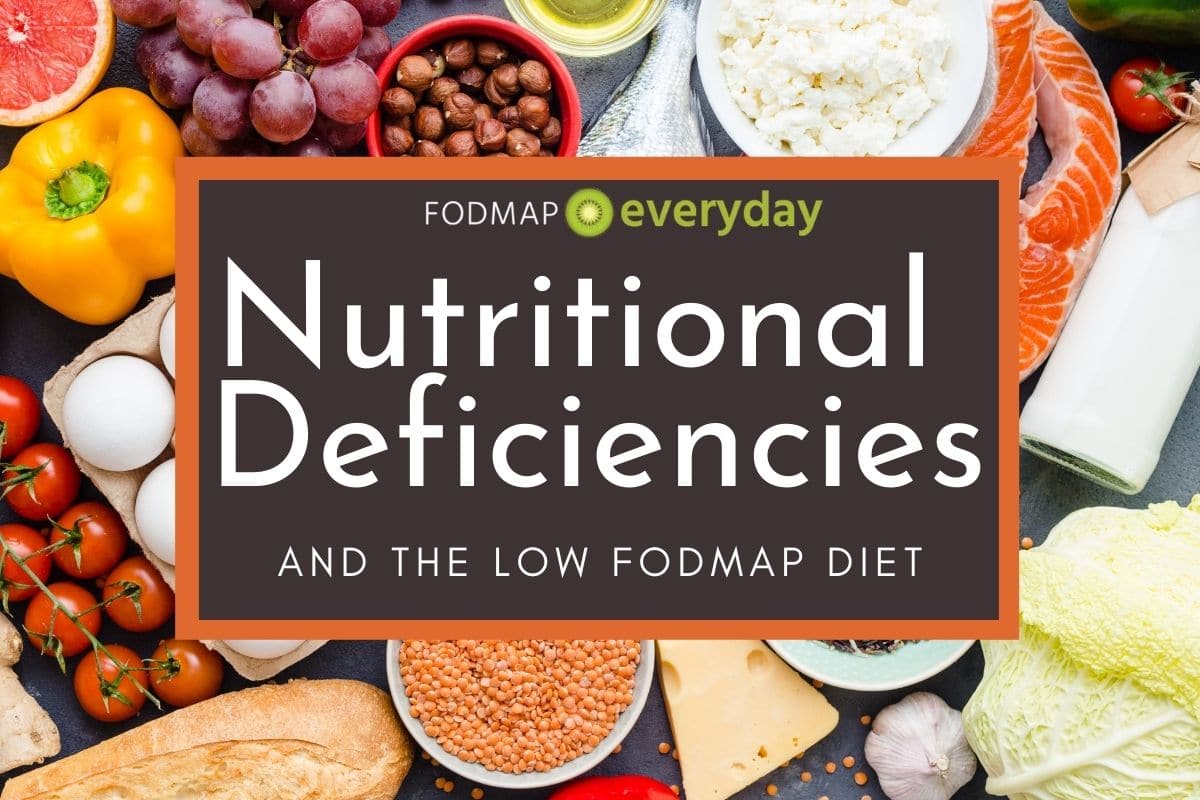
Many of my clients have experienced significant improvement in their gastrointestinal symptoms, and many, over time, have further been able to increase their tolerance to additional foods they previously thought “off limits” for them, due to symptoms that were triggered upon eating them in the past.
Understanding Nutritional Limitations of The Low FODMAP Diet
While the diet can be a tremendous help for IBS sufferers, it is not without potential drawbacks. More specifically, the Elimination Phase of the diet can be low in a variety of nutrients that are important to overall health and wellness. This article will discuss key nutrients to watch out for and describe ways to ensure proper intake.
You May Want To Read: The Low FODMAP Diet Elimination Phase: Short & Sweet for Your Health!, The “Low FODMAP Diet” is NOT Just About The Elimination Phase and also our article on The Low FODMAP Gentle Diet and reasons why this approach may be more appropriate for some individuals
Also if you are a Vegan you will want to read: Vegan & Low FODMAP Series: Expert Tips on Nutrition For Vegans Following The Low FODMAP Diet
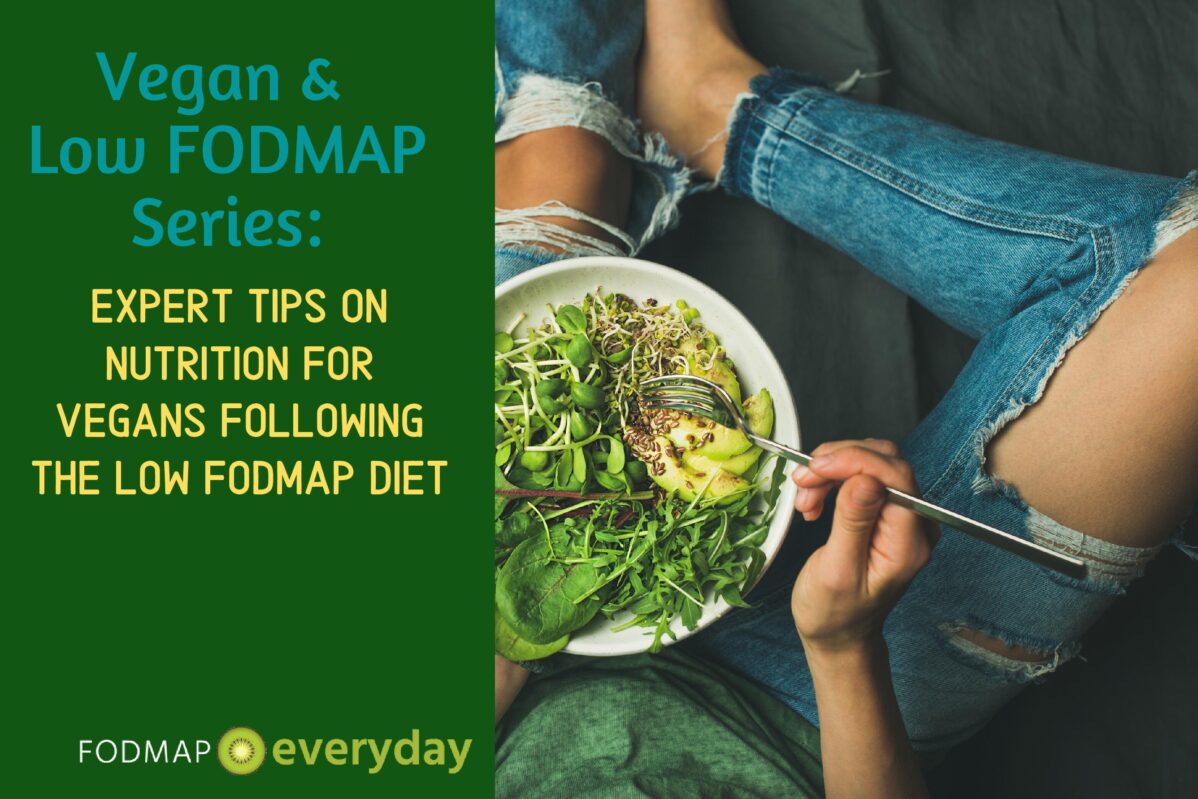
You May Want To Read: Expert Tips On Nutrition for Vegans Following The Low FODMAP Diet
Where Do FODMAPs Naturally Fit In A Healthy Diet?
By their very definition, FODMAPs are carbohydrates, and they include a wide array of nutritious, energizing and fiber-rich foods, such as fruits, vegetables, legumes, grains and dairy products. Most all global nutritional guidelines recommend eating several servings from each of these food groups daily.
Thus, eliminating a wide number of these foods from one’s diet, even temporarily, can leave some significant gaps in your nutrition, including insufficient intake of fiber, calcium, vitamin D, certain B vitamins, iron and zinc.
A Nutritious Approach To the Low FODMAP Diet
Here’s are some strategies for how you can continue to ensure proper nutrition even while giving your gut a much-needed break from high FODMAP foods.
Fiber
Fiber is important for gut health as it provides fuel for our gut bacteria in the form of “prebiotics,” and also helps to keep us regular and stooling comfortably and consistently. In addition, fiber plays a critical role in the management of proper cholesterol and blood sugar levels,[3] and is found in many plant-based foods, including fruits, vegetables, nuts and seeds, beans or pulses and grains.
In order to keep your gut and your heart happy, consider increasing your consumption of these low FODMAP foods that contain significant amounts of fiber:
- Fruits: Banana (ripe), Clementine, Kumquat, Durian, Grapefruit, Grapes, Guava, Kiwi, Lemon, Lime, Mandarin, Papaya, Prickly Pear, Pineapple, Strawberry
- Grains: Amaranth, Buckwheat, Millett, Oats, Polenta, Quinoa, Rice, Sorghum, Sourdough (fermented) bread
- Nuts and Seeds: Brazil Nuts, Chia Seeds, Hemp Seeds, Peanuts, Pine Nuts, Pumpkin Seeds, Walnuts
- Vegetables: Broccoli, Canned Mushrooms, Carrots, Cucumber, Eggplant, Kale, Lettuce, Olives, Parsnip, Potatoes, Radish, Red bell peppers, Rutabaga, Spinach, Squash (certain varieties).
You May Want To Read: Fiber and IBS: What You Need To Know and Top 5 High Fiber Low FODMAP Foods
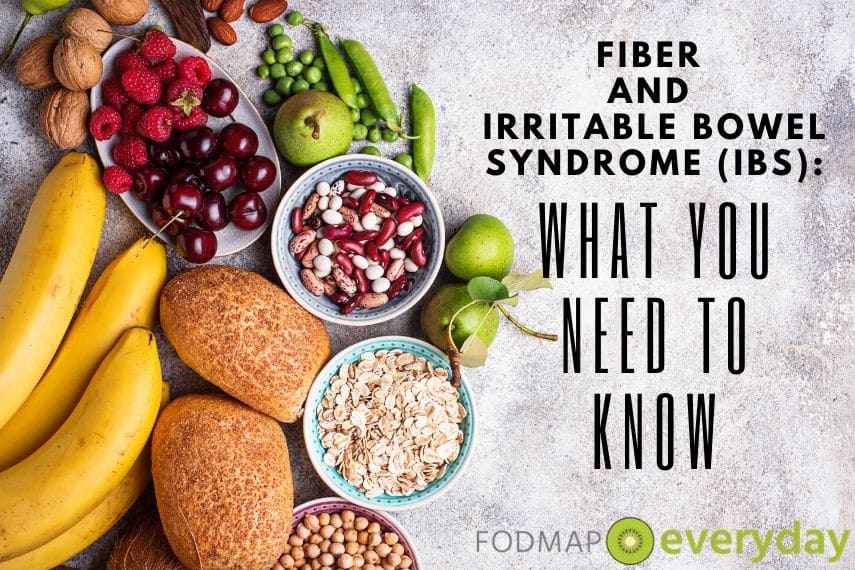
You may want to read: Fiber and IBS: What You Need To Know
Calcium
This nutrient, alongside vitamin D, is critical for bone health, and is found in foods such as dairy products, which unfortunately are also rich in the FODMAP lactose. In addition, calcium is critical for proper functioning of muscles, nerves and blood vessels. Insufficient intake of calcium can lead to bone weakness and increased risk for fractures, as well as abnormal heart rhythm and other serious neurological or cardiovascular issues.[1]
Many of us think “cheese” when they hear “dairy”. Did you know that many cheeses are considered low FODMAP? Read our article Is Cheese Low FODMAP? to learn how to read any cheese label to assess its diet compliance. For instance, you can have 40 g of cheddar, mozzarella, Monterey jack, brie or Swiss.
Also, do not overlook small low FODMAP servings of other conventional dairy products. Use your Monash app to help guide you. For instance, 2 Australian tablespoons of traditional cream cheese is low FODMAP, which is plenty to spread on a low FODMAP bagel. Similarly, 2 Australian tablespoons (40 g) of creamed cottage cheese is low FODMAP and can be spread on a rice cake or used to make a dip.
You May Want To Read: What Are Disaccharides? Learn All About the “D” in FODMAP! and Lactose, Dairy & the Low FODMAP Diet
Luckily, even if you are avoiding or significantly reducing your intake of lactose-rich dairy products, you can still consume a wide variety of calcium-rich foods during the elimination phase of the low FODMAP diet. Here are delicious and accessible calcium-rich options to choose from:
- Canned Fish: Anchovy, Salmon, Sardines
- Calcium-Fortified Plant Milks: Almond Milk, Hemp Milk, Macadamia Milk, Quinoa Milk, Rice Milk
- Certified Lactose-Free Dairy Products: such as lactose-free Cheese, Cottage Cheese, Cream Cheese, Kefir, Milk, Yogurt (which can be enjoyed in larger portions than conventional)
- Leafy Greens: Arugula, Broccoli, Collard Greens, Kale, Spinach
- Seeds: Chia, Poppy, Sesame, Sunflower
- Soy: Edamame, Tofu (firm and extra-firm), Tempeh
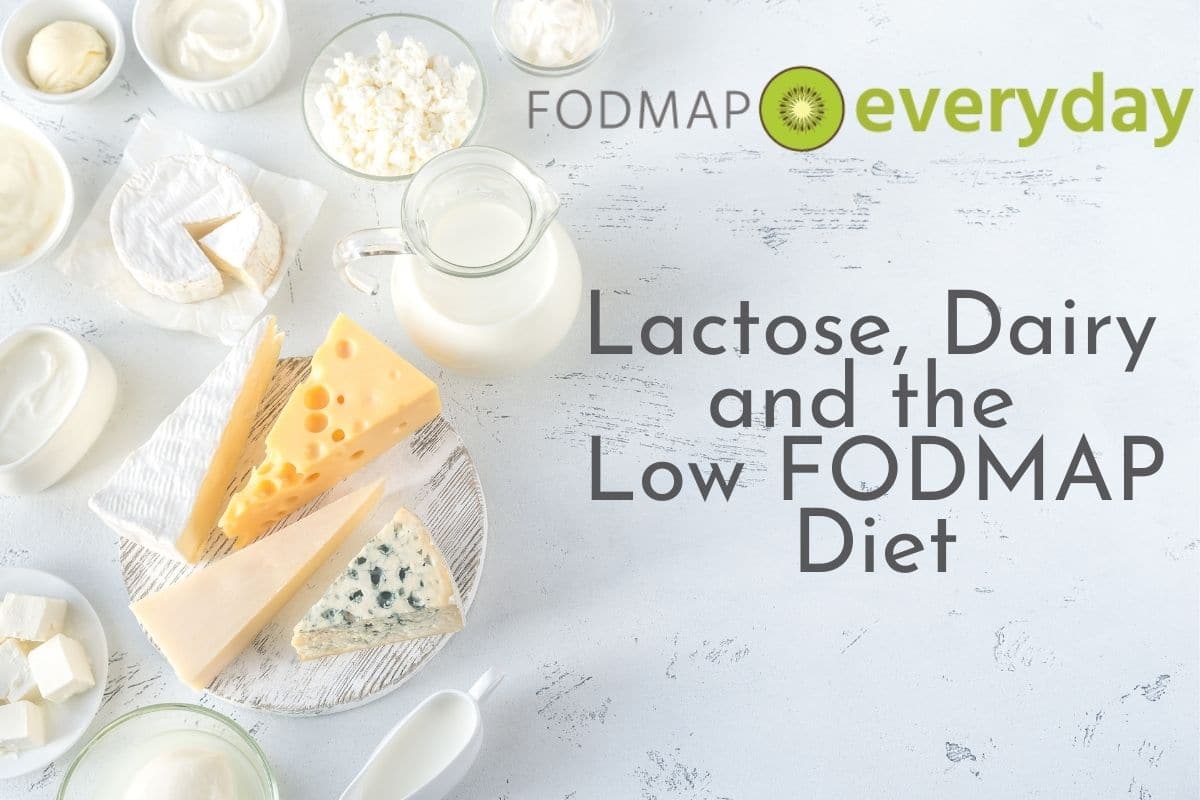
You May Want To Read: Lactose, Dairy and the Low FODMAP Diet
B Vitamins
There are a wide variety of B vitamins, including thiamin, riboflavin, niacin, biotin, folate, pantothenic acid, vitamin B6 and vitamin B12. While each serve one or more specific roles, as a whole, the B vitamin family is important for proper neurological function, energy release and storage, skin health, and the production and proper function of red blood cells.[1]
To make sure you get plenty of nutritious B vitamins, try to eat several servings from these food groups each day:
- Animal-based meat/protein products: Beef, Chicken, Eggs, Liver, Pork, Salmon, Tuna, Turkey
- Fruit: Bananas, Oranges
- Grains or Fortified Breakfast Cereals: Cornflakes, Corn Chex, Cream of Rice, Frosted Flakes, Oats, Rice Krispies
- Leafy Greens: Arugula, Broccoli, Collard Greens, Kale, Spinach

You Might Want To Read: All About Broccoli & The Low FODMAP Diet
Iron & Zinc
Our bodies require significant amounts of these minerals daily to support proper growth and development, blood cell and nervous system function, maintenance of energy levels, immune health and wound healing, as well as many other vital body functions.[1],[2]
Because these nutrients are so critical to human health, they are often fortified (added to) certain products, such as flours, cereals and grain-based products, in order to prevent critical deficiencies and adverse long-term health effects. The low FODMAP diet limits many of these fortified products, and thus it is important to ensure proper intake of low FODMAP sources of these nutrients.
Keep these low FODMAP-high mineral foods handy in your daily dietary regimen:
- Animal-based meat/protein products: Beef, Chicken, Eggs, Fish, Organ Meats, Pork, Turkey, Shellfish
- Grains and Cereals: Amaranth, Oats, Quinoa, Rice
- Nuts and Seeds: Hemp Seeds, Peanuts, Pine Nuts, Pumpkin Seeds, Sesame Seeds, Sunflower Seeds
- Soy Foods: Edamame, Tofu (firm and extra-firm), Tempeh
- Sweets: Dark Chocolate
- Vegetables: Broccoli, Kale, Potatoes, Spinach
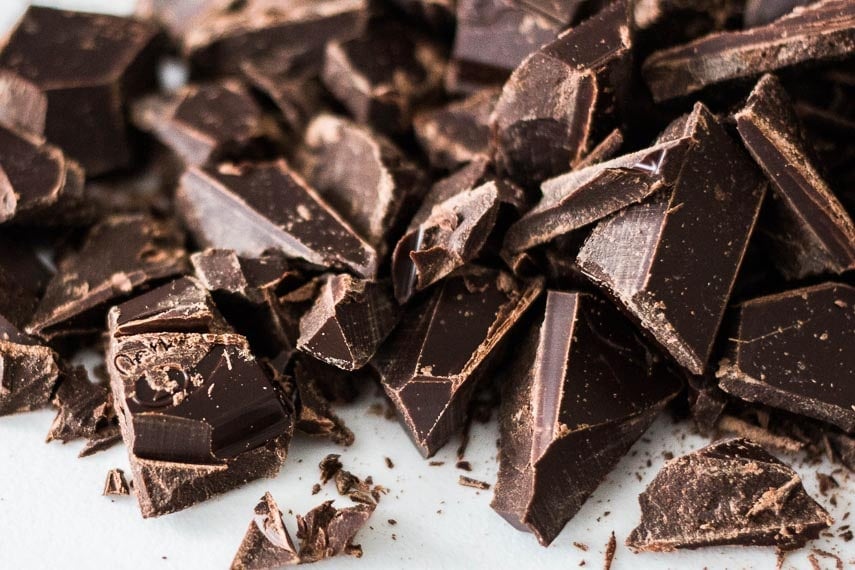
You May Want To Read: All About Dark Chocolate & The Low FODMAP Diet
Know Your Food’s FODMAP Content
Did you know that oranges, ripe guava, papaya, prickly pear and strawberries, many lettuces, carrots, cucumbers, radishes, red bell peppers, brown and white rice and white potatoes contain no FODMAPs according to Monash University lab tests? And that arugula, kale, olives and peanuts only contain trace amounts? Familiarize yourself with “no FODMAP foods” and “foods with a trace of FODMAPs” to learn which foods you can add to your diet in more generous portions.

You May Want To Read: Foods with No FODMAPs
The Takeaway
With just a bit of extra planning, you can reduce your gut symptoms with the Low FODMAP diet while still maintaining a balanced diet, nutritional adequacy and good health!
Remember: It is important that the Elimination Phase is continued no longer than 4-6 weeks to avoid nutritional complications and/or possibly adverse alterations to your gut bacteria. If you are struggling to move on to the Challenge Phase of the diet, please work with a FODMAP trained dietitian for support.
This is our International Dietitians Directory, and note that many RDs will conduct remote sessions, so you do not necessarily have to be limited to those local to you. Our article on How To Choose A Dietitian will be of help, as well.

You May Want To Read: How To Choose A Dietitian
References
[1] Halmos, E. P., and Gibson, P. R. (2019) Controversies and reality of the FODMAP diet for patients with irritable bowel syndrome. Journal of Gastroenterology and Hepatology, 34: 1134– 1142. https://doi.org/10.1111/jgh.14650.
[2] FODMAP Life. (2020). Retrieved 9 November 2020, from https://fodmaplife.com/2019/11/25/a-simpler-approach-to-the-low-fodmap-diet-could-it-be-right-for-you/
[3] Halmos, E. P., and Gibson, P. R. (2019) Controversies and reality of the FODMAP diet for patients with irritable bowel syndrome. Journal of Gastroenterology and Hepatology, 34: 1134– 1142. https://doi.org/10.1111/jgh.14650.
[4] FODMAP Life. (2020). Retrieved 9 November 2020, from https://fodmaplife.com/2019/11/25/a-simpler-approach-to-the-low-fodmap-diet-could-it-be-right-for-you/
[5] Vitamins and minerals – B vitamins and folic acid. (2020). Retrieved 9 November 2020, from https://www.nhs.uk/conditions/vitamins-and-minerals/vitamin-b/
[6] Roohani N, Hurrell R, Kelishadi R, Schulin R. Zinc and its importance for human health: An integrative review. J Res Med Sci. 2013;18(2):144-157.
[7] Lim KH, Riddell LJ, Nowson CA, Booth AO, Szymlek-Gay EA. Iron and zinc nutrition in the economically-developed world: a review. Nutrients. 2013;5(8):3184-3211. Published 2013 Aug 13. doi:10.3390/nu5083184







Very excellent background paper in nutrition. Congratulation.